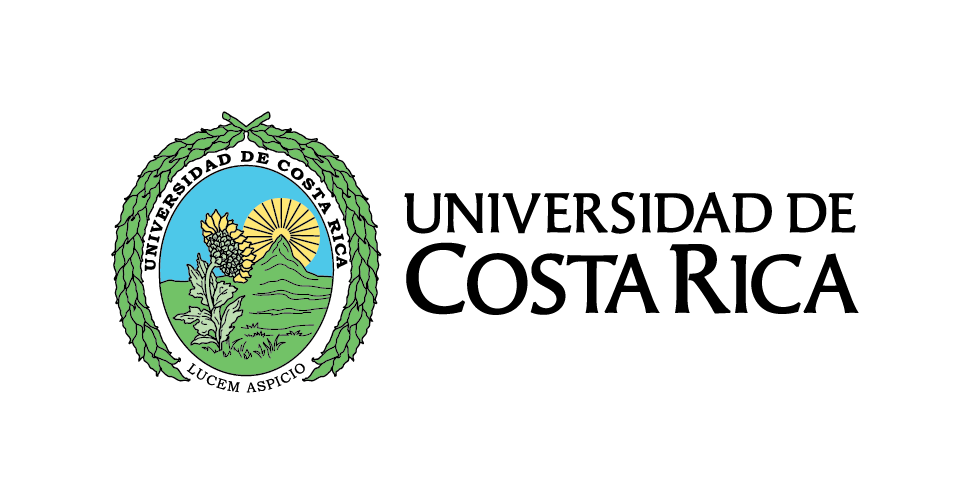Evaluación de la validez de factores de corrección para estimar la incertidumbre estándar de una distribución triangular con un intervalo de cobertura del 95 %
Recently, measurement uncertainty estimation has become a topic of great interest for the reporting of greenhouse gas (GHG) inventories in Costa Rica. In this context, a national methodological guide published by the National Carbon Neutrality Program (PPCN, for its Spanish acronym) has emerged as t...
Guardado en:
| 主要作者: | |
|---|---|
| 格式: | Online |
| 语言: | spa |
| 出版: |
Universidad de Costa Rica
2022
|
| 主题: | |
| 在线阅读: | https://revistas.ucr.ac.cr/index.php/ingenieria/article/view/49699 |
| 标签: |
添加标签
没有标签, 成为第一个标记此记录!
|
| 总结: | Recently, measurement uncertainty estimation has become a topic of great interest for the reporting of greenhouse gas (GHG) inventories in Costa Rica. In this context, a national methodological guide published by the National Carbon Neutrality Program (PPCN, for its Spanish acronym) has emerged as the basis for the local development of this issue. However, a few aspects of its content lack a clear explanation to justify its implementation. The present study assesses the validity of the use of correction factors, proposed by this guide, that enlarges the standard uncertainty estimated from a triangular distribution, in the presence of a 95 % coverage interval. To achieve this, 3124 triangular distribution scenarios were simulated. Two standard uncertainties were estimated for each scenario: one considering that the simulated limits delimit a 100 % coverage interval (u100) and another considering a 95 % coverage interval (u95), with two possible interpretations about the location of the interval being considered for the latter. The correction factors FC were estimated for four different groups of scenarios as the slopes between u95 and u100 with a least-squares regression using R statistical software. Results between 1.23 and 1.29 were obtained, with a global value of 1.25. These values are consistent with those found in the national methodological guide, thus verifying their validity and applicability. Finally, the use of the correction factor of 1.25 is suggested as a practical approximation for all the evaluated scenarios, which is expected to facilitate its implementation by users. |
|---|

